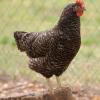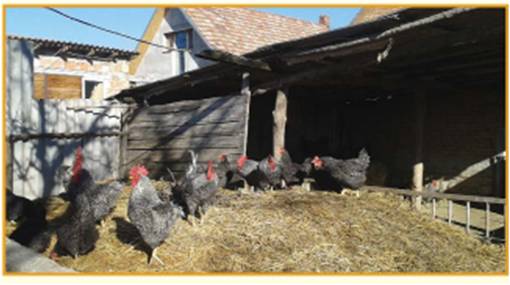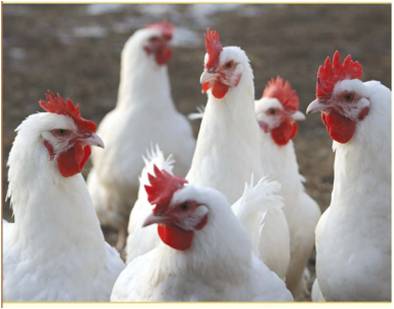
It is a village development scheme based on the breeding and keeping of indigenous Hungarian poultry breeds.The special goal of this scheme has been so far the relocation of breeds to their original habitat, i.e. farm and village fowl yards, which would be of principal importance regarding the survival of breeds, the sustainability of local family farms and manufacturing products of special quality.
The Institute for Small Animal Research and Co-ordination Centre for Gene Conservation (KÁTKI) in cooperation with the Society of Hungarian Small Animal Breeders for the Conservation of Genetic Resources have been organizing model village schemes of poultry breeding since 2006.
Based on the success of the scheme, a three year programme was launched with the assistance of the Ministry of Rural Development in 2012, which – additionally to the existing goals –aims at improving the supplementary income earnings of families living in small regions. A further objective of the programme is – with the involvement of local municipal governments – to strengthen the social web and establish social co-operatives based on poultry breeding and trading activity.



The objectives of the scheme are:
- development of agricultural production and sustainability of small regions, villages and farms being at a disadvantage;
- improvement of the conditions of self subsistence and agricultural production of local population;
- establishment of genetic, production and sales conditions of the manufacturing of Hungarian specialty poultry products of special quality – (i.e. HU-BA products, whereHU-BA means Hungarian poultry);
- improvement of long term conditions of safe poultry gene conservation;
- extension of model schemes to other villages and regions.
The target groups of the scheme are:
- family farms of settlements selected to be model villages;
- the local municipal governments and joining non-governmental organizations being developed according to local aspects, on the basis of their community activities;
- the local producers and entrepreneurs, through the production, processing and trading of controlled HU-BA poultry meat and eggs.
Integration model of HU-BA village scheme
In the frame of the HU-BA model village scheme small region poultry breeding centres are established, based on indigenous or crossbred backyard poultry breeds on demand.
We recommend the establishment of small region breeding centres based on 100 pure bred laying hens in each case.
A production of 4 000 to 5 000 breeding eggs and approximately 11 000 commercial eggs can be expected in a farm. Production parameters depend, of course, on the age of the breeding stock.
In the frame of HU-BA village schemes incubators will be set up in each case (3 equipments for each farm, each having an incubation capacity of 500 eggs). This will assist the start-up of the local integration process, the development of an own flock, allocation of day-old chicks in the frame of social and co-operative programmes, as well as the trading of day-old chicks in the region. Integration must be open. It is recommended that everyone who accepts the principles and quality expectations of the scheme should be involved in the trading and consultancy system based on the breeding centre.
In course of the model village scheme we recommend the allocation of 2 000 day-old chicks to 20 families in the first year. Later further 8 families could be involved in the scheme annually. We establish family fowl yards of equal size in each case. This will found the basis of a well working social co-operative.
Concerning the feasibility of the scheme, it is essential to ensure availability of animal feed stuffs. In the case of a 5 year long programme including 45 to 50 families and taking the breeding farm also into account, the annual feed requirement would be 80 to 85 tons of feed.